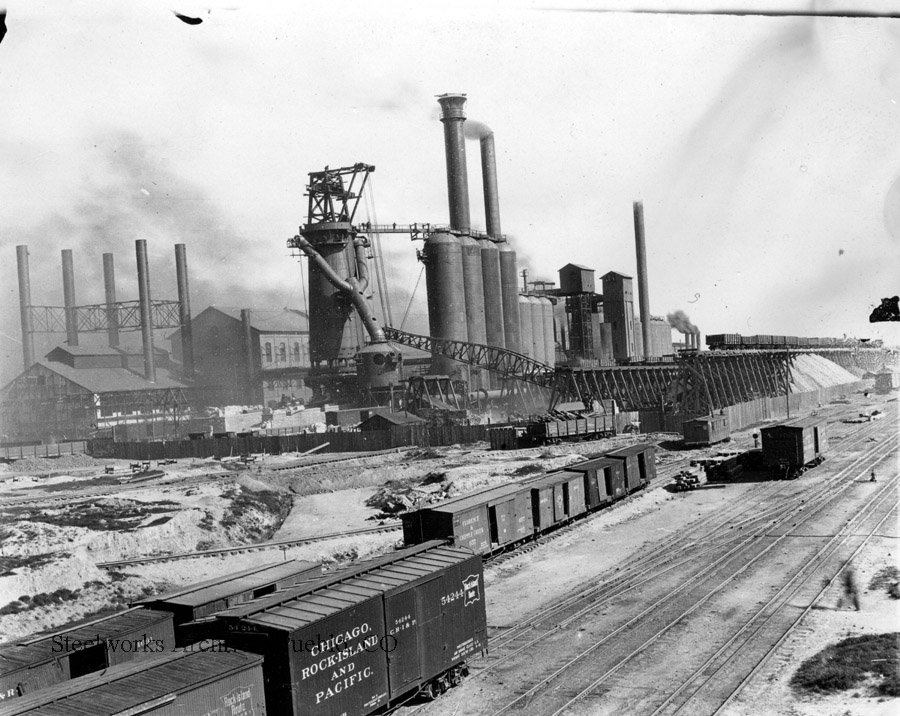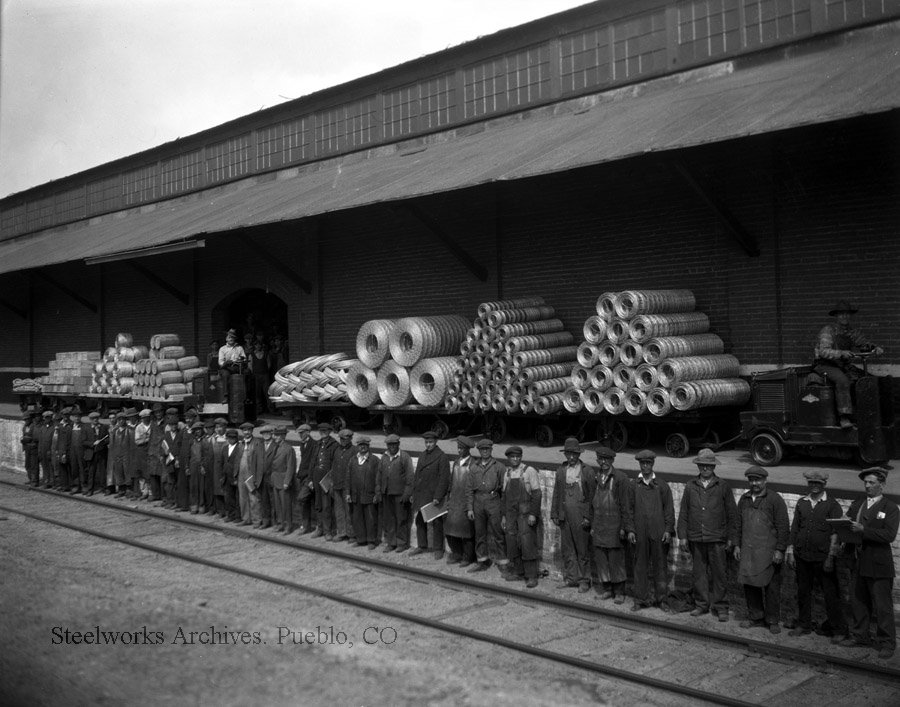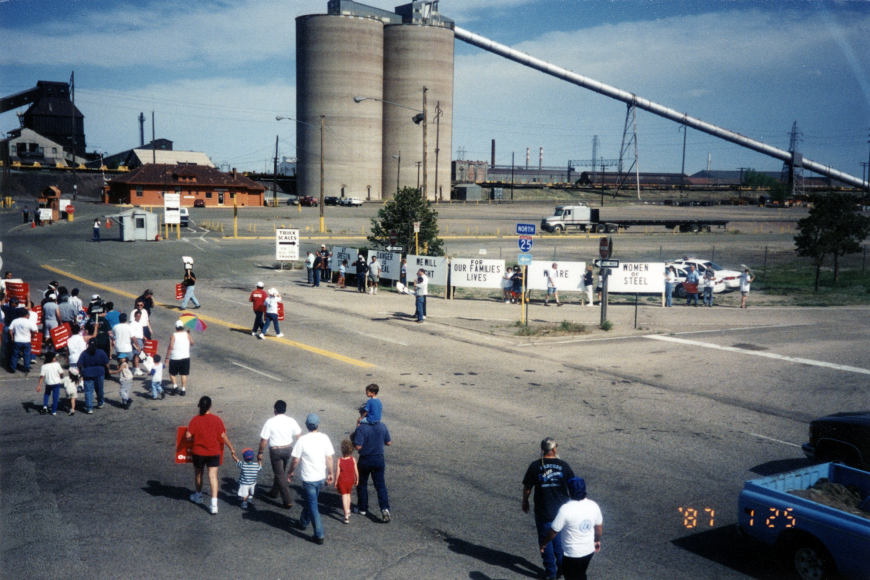
The steel mill in Pueblo has gone through booms and busts throughout its 150-year history. New exhibits at two museums tell this crucial part of the city’s story.
Labor conflicts at the Colorado Fuel and Iron steel mill that started in the 1980s and lasted for decades touched nearly everyone in the city, according to El Pueblo History Museum director Dianne Archuleta.
For its “Steel City: 1980-2004” exhibit, the museum collected photos, recordings and objects from people who worked there to illustrate the era “when the steel mill fell apart,” Archuleta said, “and how the community came together and the sacrifices that they made to fight for their jobs and fight for their livelihoods.”
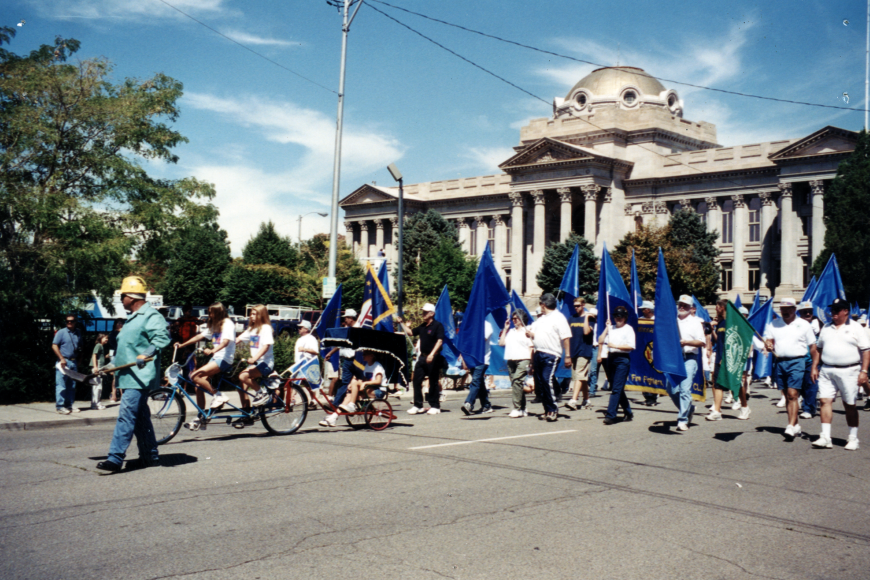
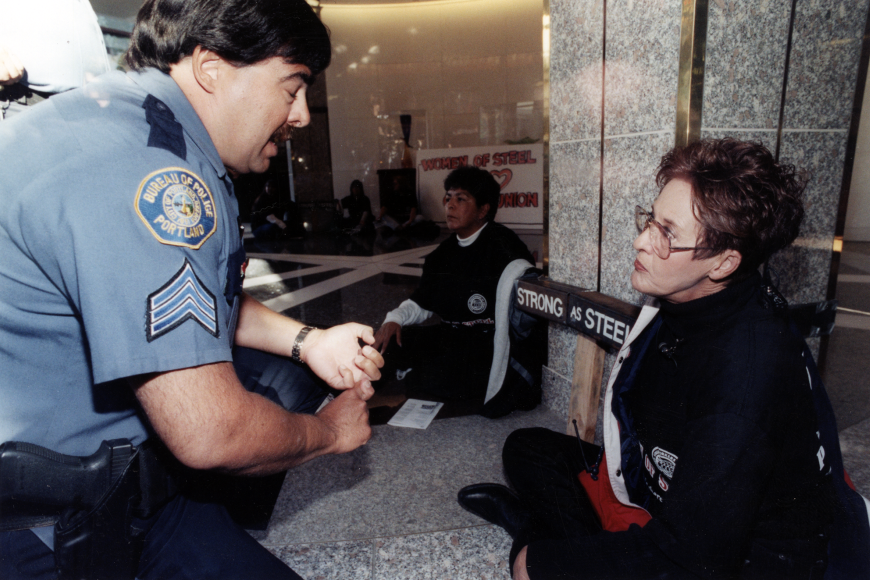
She said the strikers were asking for basic workers’ rights including pension security, higher wages, safer working conditions and job security, during a time when the company was undergoing bankruptcies. That created uncertainty as to whether the mill, which was then Pueblo’s largest employer, could survive.
There were several ownership changes and it’s now run by EVRAZ North America, a subsidiary of a Russian company with a workforce of around a thousand people, a fraction of the number of employees at its peak.
Steel Strong: The Steel that Built the West, is a separate display at the Steelworks Center of the West. It explores different facets of the Colorado Fuel and Iron company's operations both at the mill and in its coal mines starting in the 1800s and going through the present.
Museum curator Victoria Miller said they’ve selected 400 photos from an archive of 100,000 images, along with artifacts that have never been on display before. That includes a piece of railroad track a rancher uncovered on his land in Weld county.
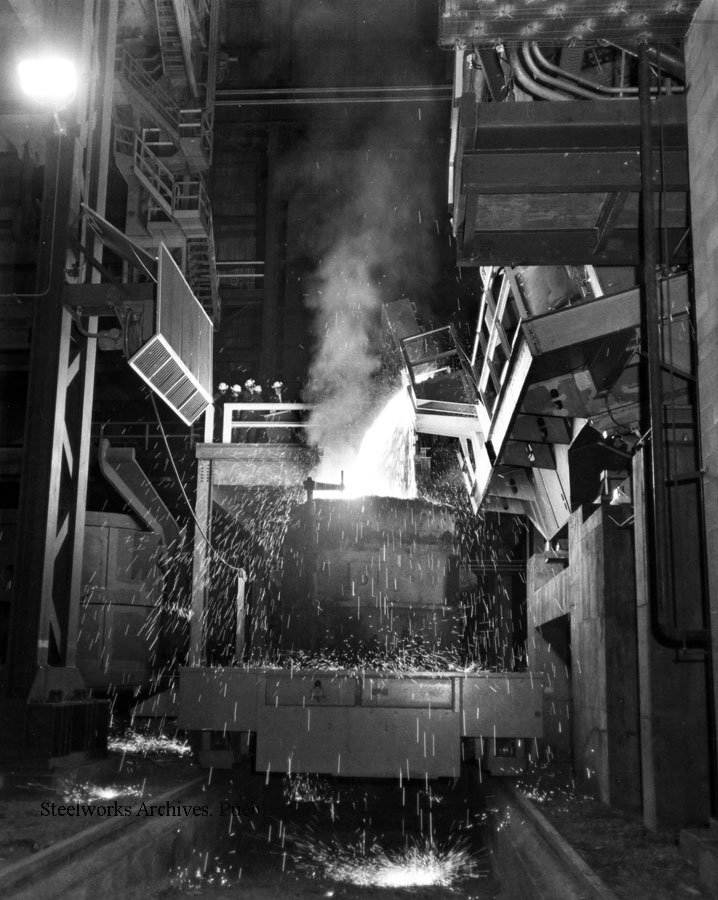
“He brushed off some of the dirt and saw on the webbing, which is on the side of the rail, that it actually says Colorado Coal and Iron and ‘82, meaning 1882," she said.
Miller also described a 1973 photo of the inaugural tap or ignition of the mill’s first electric arc furnace. It replaced the older blast furnaces used in steel making that were fired by a coal product called coke.
“You can see the vast scale of the machinery when that piece of equipment was put into place and all the sparks that are flying,” she said. “It must have been a pretty incredible sight to see that method of technology go basically online for the very first time (at the Pueblo plant).”
Each museum wants to collect additional oral histories and stories from people who worked at the CF&I steel mill or mines or had other connections there.
Both exhibits are open for the long term.
